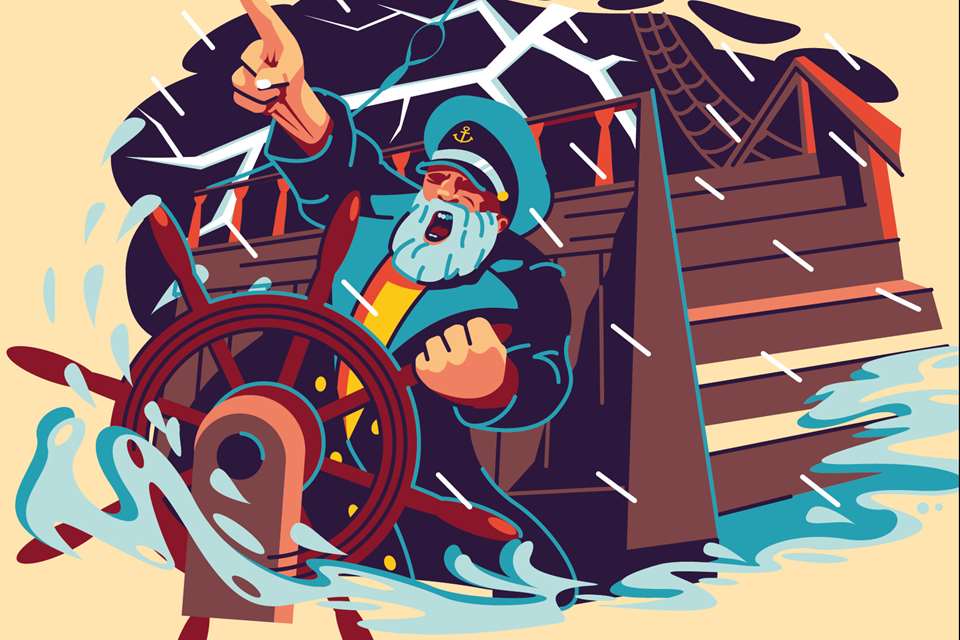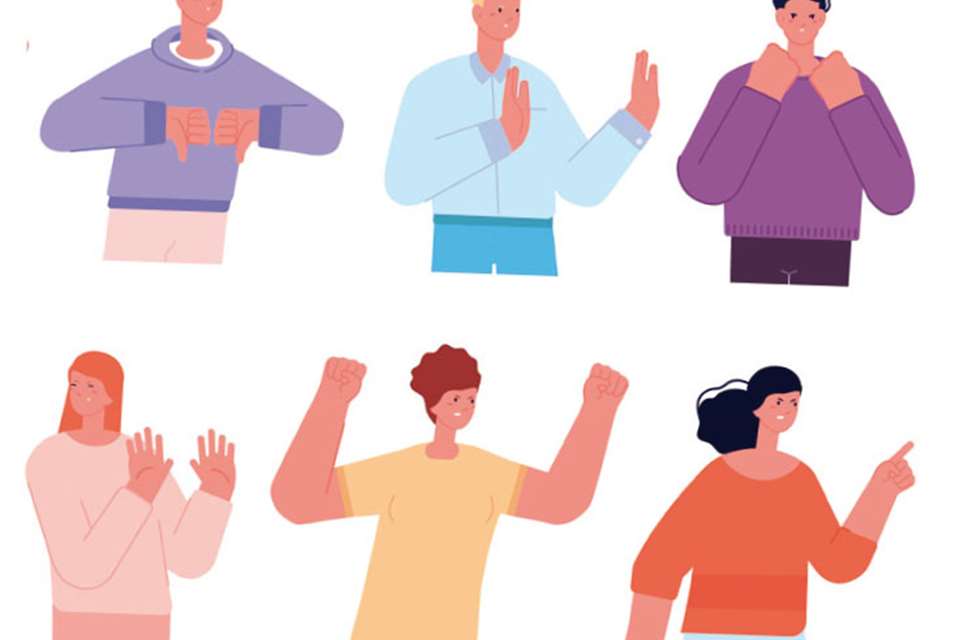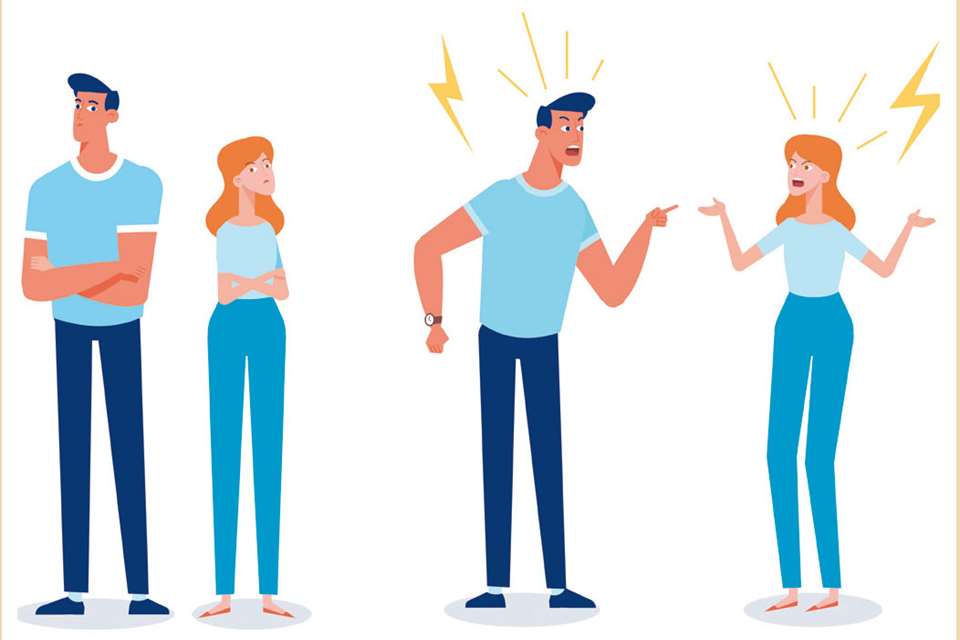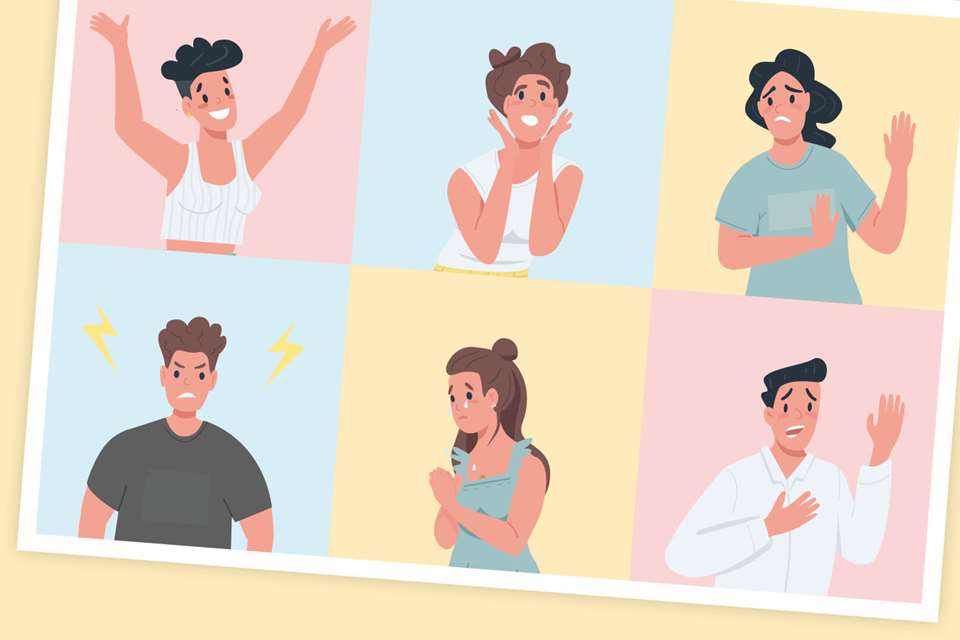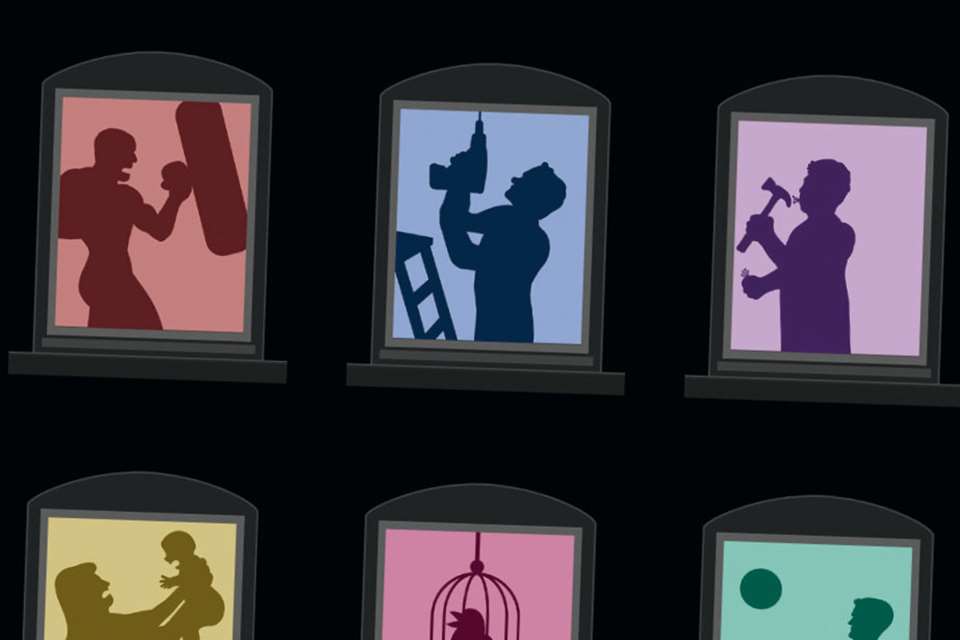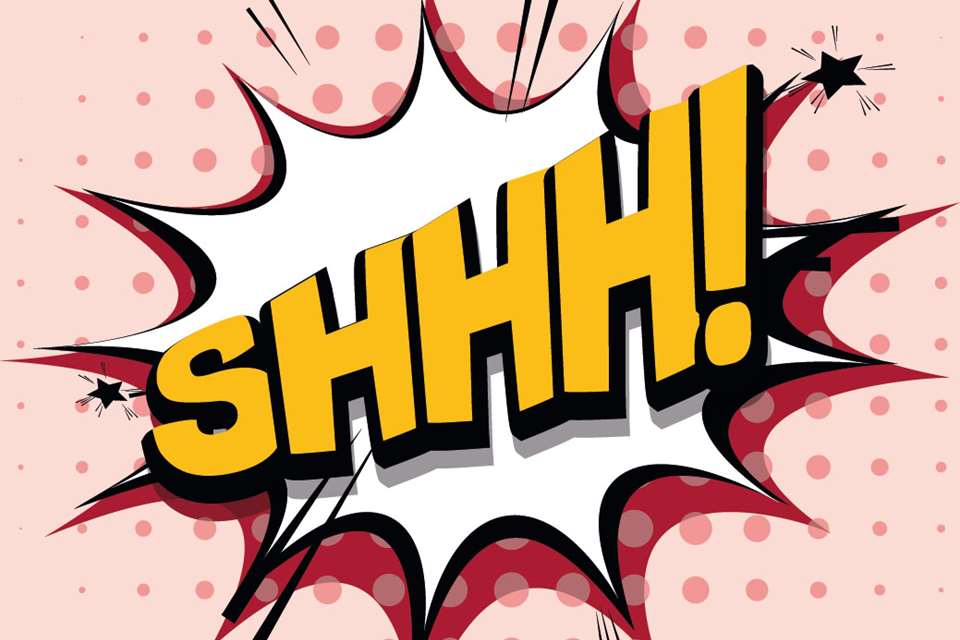One-off workshop: Popular culture
Karen Hart
Tuesday, March 1, 2022
Karen Hart establishes a one-off workshop for your drama classroom focusing on popular culture.
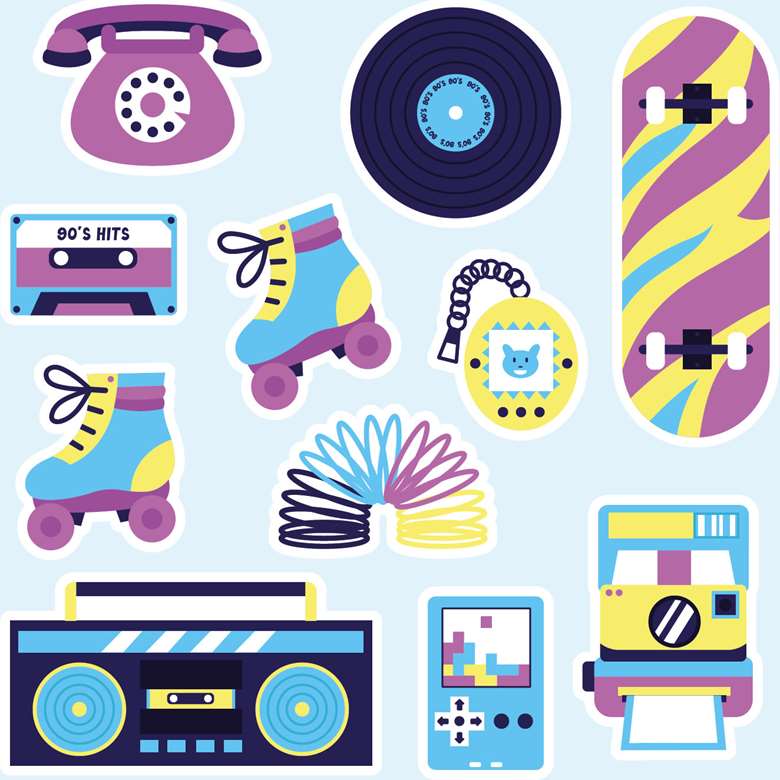
ADOBE STOCK/V.IRAA
Start your workshop with a question – what do we mean by popular culture? With students in a circle, talk about what the term means. One definition could be: A culture that is generally recognised by members of a society, and includes objects, beliefs and practices that are generally popular at a given point in time – what is fashionable or popular with many people.
Talk about some examples of this definition, and as a group come up with ideas, such as:
- Foodies
- Body art
- Graffiti artists and graffiti art
- Technology – including the latest mobile phones, headphones, game consoles
- Social media – and the rise of the influencer
- Clothes – especially those worn by celebrities
- Language – fashionable words and expressions to use.
Improvised scene using popular culture
Before starting this activity, write a number of different settings on slips of paper and placethese in a small bag. Working in groups of 3-4, one student from each group should pick a slip of paper without looking. Next, instruct each group to create a short, improvised scene with each student taking on the character of someone totally absorbed in a specific popular culture. For example: a mum in the playground who films everything she does so she can put it on social media, or a doctor who isn't at all interested in his patients, and only wants to talk about his new sports watch – setting the scene as shown on their slip of paper.
Remind students that they don't all have to be centre stage throughout – maybe some characters could come and go, or just make an appearance near the end of the piece. Also, remind students that convincing characterisations are created when performers consider all aspects of their character, such as: physical appearance – the way they move, walk, stand, sit; speech – volume, pitch, pace; their interactions with others – are they confident or shy? Are they friendly or stand-offish? Do they like to command a conversation?
When completing this exercise, you should watch examples of good work as time allows. Next, talk about how popular culture has changed over time, as things (such as clothes fashions and technology) become outdated, and how sometimes things come back into fashion for a second time, such as miniskirts, flared trousers and vinyl records. Make a list using a whiteboard, showing some examples of popular culture in years gone by. Some suggestions:
- Leg warmers
- Curly perms
- Big platform shoes
- Big collars and kipper ties
- Shoulder pads
- Boomboxes.
Using shared ideas as inspiration, and staying in the same groups as before, students should create a second short, improvised scene, keeping to their previous characters and settings, but this time basing their scene on the popular cultures of the 1970s/80s.
The mum in the playground who films everything so she can put it on social media could now be obsessed with her new boombox, breakdancing along to the music which is so loud no one can hear what she's saying. Instruct students to keep scenes short and snappy. Watch examples of good work if time allows.
Settings:
- A gym
- A work party
- A school cake sale
- An art gallery
- A doctor's waiting room
- A house viewing
- Waiting to collect children from school
- Waiting for a job interview with other candidates.
Merging scenes
Merge each group's scenes together, to develop the idea further, and also to practice the technique of freeze frame. Have each group act out one of their two scenes as before (students can choose whether to start with present or past). This time however, end the scene with a freeze-frame, which students hold for approximately five seconds before blending it into their second scene as seamlessly as possible. This requires students to think of a way to continue the action smoothly, so a few changes may need to be made. For example, a present-day doctor's surgery scene could end with a patient leaving the consultation room and continue with another one walking in from the 1980s. Here I would suggest watching all groups’ work if possible.
These activities are very adaptable, and can be used over more than one session, or broken down into smaller workshops by concentrating solely on either the past or present. You can also include additional drama strategies, such as hot seating and breaking the fourth wall.
You could go on to look at themes of class tourism: listen to Pulp's Common People and build a scene around the story it tells.


